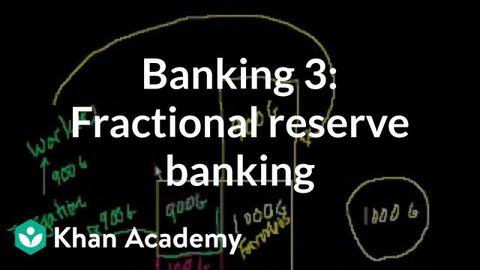銀行業務3:部分儲備銀行業務 (Banking 3: Fractional Reserve Banking)
Deryck Whibley 發佈於 2021 年 01 月 14 日  沒有此條件下的單字
沒有此條件下的單字- n. (c./u.)人;人們;人們;家人;員工
- v.t.居住
- n. pl.人們
US /ɪˈsenʃəli/
・
UK /ɪˈsenʃəli/
- adv.本質上 ; 本來 ; 實質上;本質上;實際上
US /ˌdɛfəˈnɪʃən/
・
UK /ˌdefɪˈnɪʃn/
- n. (c./u.)(詞典裡的詞或短語的)定義;解釋;(畫面的)解析度;(畫面的)清晰度;範圍;(電腦科學)定義
US /prəˈdʒɛkt/
・
UK /prəˈdʒekt/
- v.t./i.估計;投影;使...突出;展現;計劃
- n. (c./u.)計劃項目;專案;工程;公共住宅;任務;建設項目

